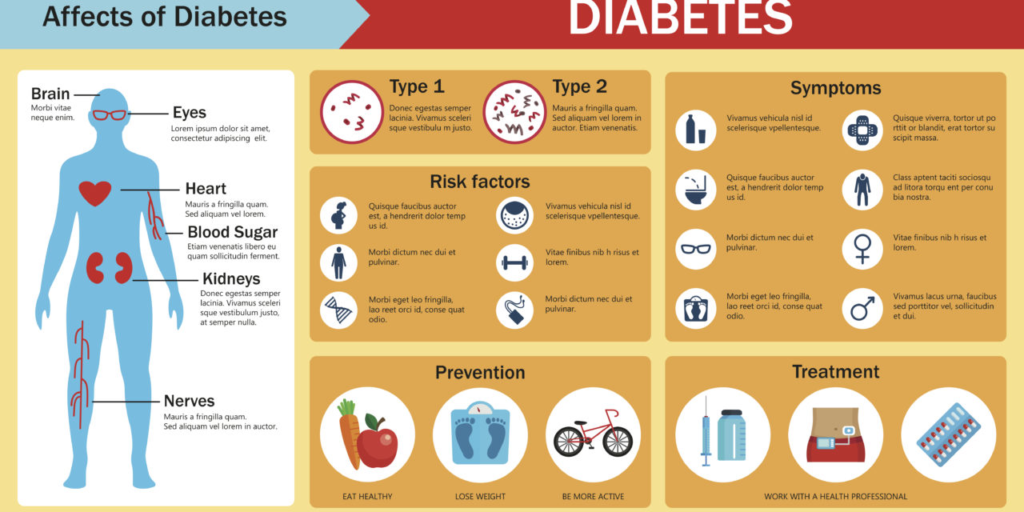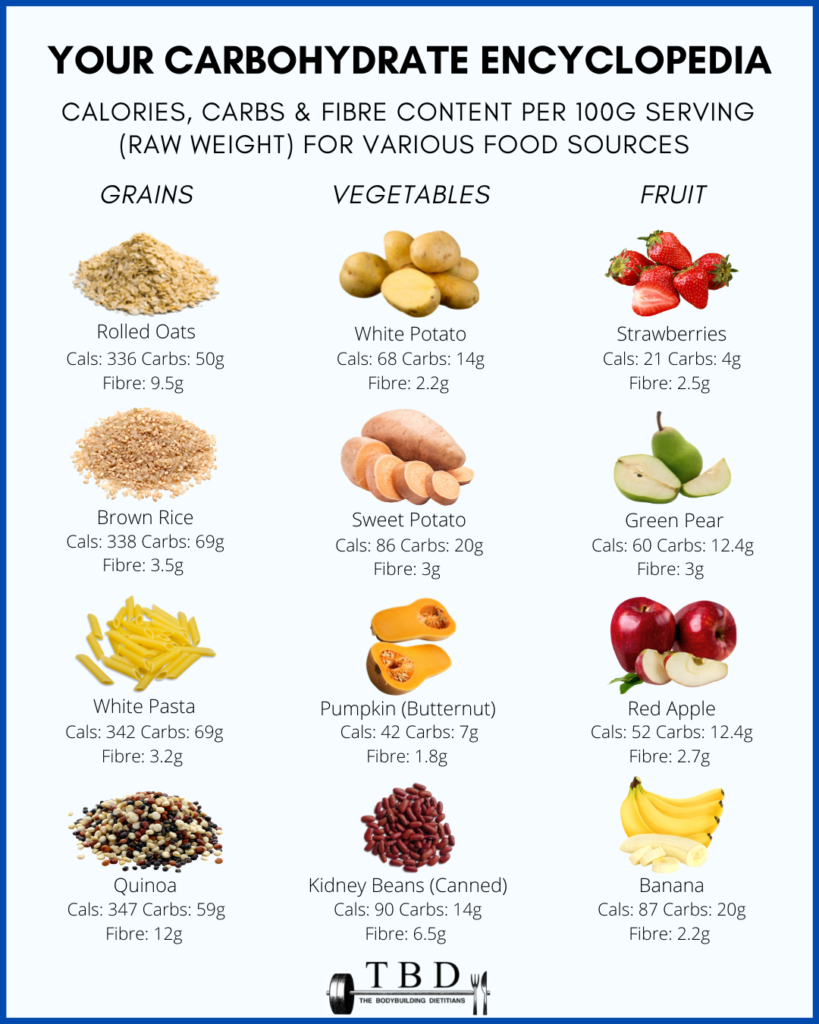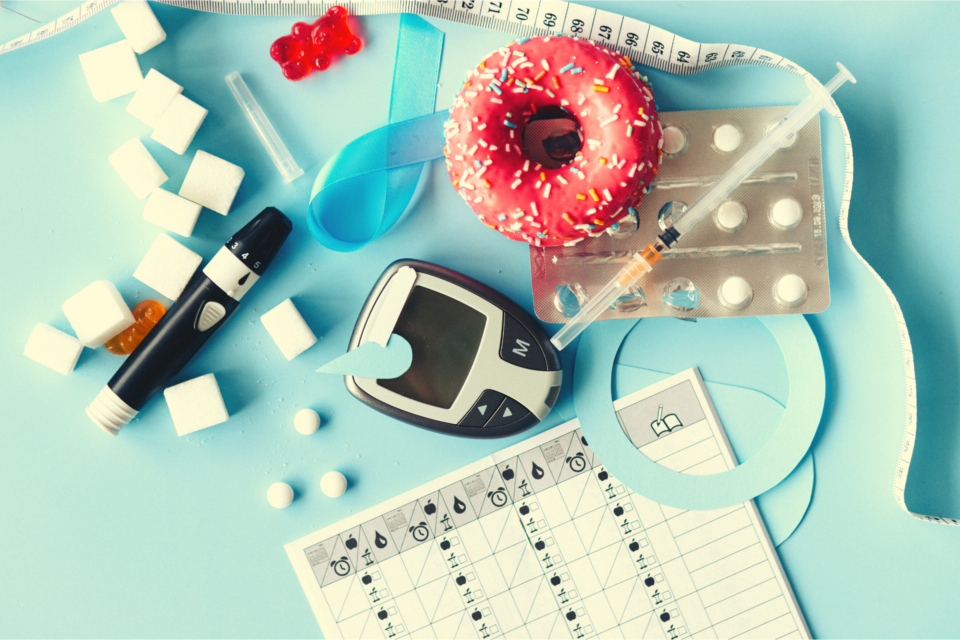There are various forms of diabetes, and no two diabetics are the same. Therefore, there isn’t a “diabetics diet” that works for everyone who has the disease. But we’ve developed some advice that you can use to guide your decision-making on your diet.
These general healthy eating guidelines can assist diabetics in controlling their cholesterol, blood pressure, and blood glucose (sugar) levels. Additionally, they can aid with weight management and lower your risk of developing some types of cancer as well as complications associated with diabetes, such as heart issues and strokes.
What does eating right mean?
It’s crucial to count your carbs if you have type 1 diabetes in order to maintain stable blood glucose levels. This is where you calculate the amount of carbohydrates in your meal and compare it to the amount of insulin you should take.

Finding a technique to lose weight is crucial if you have type 2 diabetes and are overweight since it significantly improves diabetes control. This is due to the fact that it may lower your blood sugar and lower your risk of developing other issues. There are other approaches to this, such as low-carb, Mediterranean, or extremely low-calorie diets. You can lower your blood glucose levels by losing weight, and we now know that for some patients, a significant weight loss can even put their type 2 diabetes into remission.
You may need to lose, increase, or maintain your current weight if you have type 1 or type 2 diabetes, but it’s crucial to choose healthy foods while you’re doing so.
Whether you have type 1 or type 2, you should consider portion sizes. When you are tracking your weight or counting carbs, it greatly simplifies the process of determining nutritional information. Always keep in mind that portion sizes vary from person to person, so what is suitable for one person may not be right for another.
- Choose healthier carbohydrates
Knowing which foods contain carbohydrates is crucial because all carbohydrates have an impact on blood glucose levels. Pick the carb-rich foods that are healthy and watch your portion amounts.
Here are a few good carbohydrate sources:
Fruit, vegetables, whole grains like brown rice, buckwheat, and whole oats, pulses like chickpeas, beans, and lentils

White bread, white rice, and highly processed cereals are examples of foods poor in fiber that should be avoided at the same time. If you’re unsure, you might search on food labels to find foods high in fiber.
- Consume less salt
Consuming excessive amounts of salt can raise diabetics blood pressure, which raises your risk of heart disease and stroke. Additionally, you are already more susceptible to all of these diseases if you fall among diabetics.

Try to keep your daily salt intake to a maximum of 6g (one teaspoon). Keep in mind to read food labels and choose meals with less salt since many pre-packaged foods already include salt. You can control how much salt you consume by cooking from scratch. To add that extra flavour, you may also be inventive and substitute various herbs and spices for salt.
- Eat less red processed meat
You may start eating larger servings of meat to fill you up if you are restricting your intake of carbohydrates. But doing this with red and processed meat, such as ham, bacon, sausages, beef, and lamb, is not a good idea. All of them have connections to cancer and heart issues.
Try replacing these with red and processed beef instead:
- Eggs
- Fish
- poultry including chicken and turkey
- pulses like beans and lentils
- unsalted nuts
Beans, peas, and lentils are excellent alternatives to processed and red meat since they are high in fiber and don’t significantly affect your blood sugar levels. They also help you feel fuller longer. Fish with more oil, such salmon and mackerel, are preferable to those without.
- Consumption of more vegetarian food and fruits
We all know how healthy eating fruit and vegetables is. Always attempt to eat more around mealtimes, and if you’re hungry between meals, have them as a snack. This can assist you in obtaining the vitamins, minerals, and fibre your body requires each day to support your overall health.

You might be thinking whether fruit should be avoided because it contains sugar. No, is the response. Everyone benefits from whole fruit, and people with diabetes are no exception. Although sugar is present in fruits, it is natural sugar. The added sugar—also known as free sugar—found in foods like chocolate, cookies, and cakes is different from this.
Choose entire fruit over products like fruit drinks since these also include additional sugar. This can be tinned, dried, frozen, fresh, or frozen (in juice, not in syrup). And rather than eating a larger meal all at once, it’s ideal to spread it out throughout the day.
- Opt for healthier fats
Since fat offers us energy, we all need it in our diets. However, different kinds of fat have varying effects on our health.

Foods like unsalted nuts, seeds, avocados, oily salmon, olive oil, rapeseed oil, and sunflower oil provide healthier fats. Some saturated fats can raise your blood’s cholesterol levels, raising your chance of developing heart issues. These are primarily present in prepared foods and animal products like:
Ghee, butter, lard, biscuits, cakes, pies, and pastries made with red and processed meat.
Try to grill, steam, or bake meals instead of using oil; it’s still a good idea to use less overall.
- Reduction in the consumption of sugar
We are aware that reducing your sugar intake might be challenging at first, so small, doable changes are a smart place to start. A smart place to start is by substituting water, plain milk, or sugar-free tea and coffee for sweetened beverages like soda, energy drinks, and fruit juices.

To help you reduce back, you can always try low- or zero-calorie sweeteners (often referred to as artificial sweeteners). Eliminating these additional sugars will help you manage your blood sugar levels and maintain a healthy weight. You shouldn’t stop drinking sugary beverages even if your diabetics therapy causes you to experience hypos and you use them to relieve them.
- Choose the right snack

Yogurt, unsalted almonds, seeds, fruits, and vegetables are better options for snacks than crisps, chips, cookies, and chocolates. But continue to control your portions; it will help you maintain a healthy weight.
- Consume less alcohols
Alcohol contains many calories, so if you do drink and want to lose weight, you might want to consider decreasing back. Limit your intake to no more than 14 units each week. However, spread it out and abstain from alcohol on a few days each week to prevent binge drinking.
- Avoid consuming purportedly diabetics food.
It is now illegal to refer to a food as a “diabetics food.” This is because there is no proof that eating these meals will provide you with any unique advantages over eating healthily. They frequently have the same amount of fat and calories as comparable goods and can still have an impact on your blood glucose level. Additionally, certain foods occasionally have a laxative effect.
- Utilize food sources of minerals and vitamins.
There is no proof that vitamin and mineral supplements can help you control your diabetes. Therefore, you don’t need to take supplements unless your medical team has instructed you to, such as folic acid for pregnancy.
It is preferable to eat a variety of foods to receive all of your important nutrients. This is due to the fact that some supplements may interfere with your prescription or may worsen certain diabetes problems, such as kidney disease.




